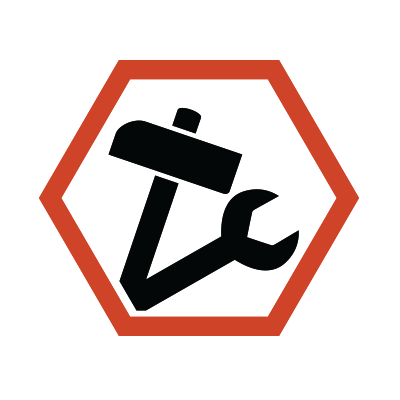Hurricane Milton is now causing widespread destruction, damaging homes, roads, and entire communities. The storm’s strong winds, heavy rain, and flooding are affecting thousands of families, making the recovery process lengthy and difficult.
Among the various forms of damage, one common problem homeowners face is the flooding of their swimming pools. The heavy rains and overflowing storm drains left many pools filled with murky water, debris, and potential contaminants.
If you have an affected pool, we’ve got you covered. In this guide, we’ll walk through the steps you should take to clean it after a flood.
Remove Debris Immediately
Floodwaters often carry debris such as leaves, branches, and other materials into your pool, which can clog the filtration system and cause further damage if not addressed quickly. Removing debris immediately will protect your pool’s components and set a solid foundation for the rest of the cleaning process. Additionally, clearing out the debris makes it easier to assess the condition of the pool and its water.
To get started, you’ll need a few basic tools: a pool net, a pool stick for hard-to-reach areas, and gloves if the debris includes sharp objects. The pool stick will come in handy for removing debris from corners or areas too deep to access easily.
Begin by skimming the surface with the net to remove floating debris. Once that’s done, use the pool stick to reach the bottom and corners for anything settled there. Be sure to work carefully so you don’t stir more dirt or contaminants into the water.
Drain and Clean the Filter
Besides the pool water, flooding can overwhelm your pool’s filter with dirt, mud, and other unwanted particles, preventing it from working effectively. Cleaning the filter is crucial because a well-functioning filter is essential for restoring the water quality after flooding. Without it, your pool will struggle to remove smaller contaminants that can’t be removed manually.
Before starting, gather what’s needed: a hose for rinsing, any tools to open the filter housing, and possibly a new filter if the old one is too damaged. If unsure, check your pool’s manual for specifics on your filter system type.
First, turn off the pool pump and release any pressure in the system. Then, open the filter housing carefully and remove the filter. Hose it down thoroughly, making sure to remove all dirt and debris. If the filter looks too damaged or is beyond cleaning, replace it. Once everything is clean and secure, reassemble the filter and turn the system back on.
Test the Water Quality
Floodwaters bring in more than just dirt. They can introduce bacteria, algae, and harmful chemicals into your pool. Hence, testing the water is a must to ensure you know exactly what needs to be balanced or treated before allowing anyone to swim in it again.
For this, you’ll need a pool water testing kit. These are usually easy to find at local pool supply stores or online. Ensure your kit can test for pH, chlorine levels, alkalinity, and any other important parameters for your pool type.
Follow the instructions on the testing kit, taking a sample of the water from the middle of the pool, where it’s less likely to be influenced by any immediate surface debris. Compare the results to the ideal ranges provided in the kit. Based on your findings, you may need to adjust the chemical levels to restore a safe balance for swimming.
Shock the Pool
After testing the water, the next critical step is shocking the pool to kill bacteria, algae, and other microorganisms. Pool shock treatments are essential after a flood because they help sanitise the water quickly, reducing the risk of infections or skin irritations for swimmers. It’s a powerful way to reset the pool’s cleanliness before regular maintenance resumes.
You’ll need the appropriate shock treatment for your pool’s size to shock the pool. Make sure you also have gloves and protective eyewear, as pool shock chemicals can be quite strong. It’s important to follow the dosage instructions carefully to avoid over-chlorinating the water, which could damage pool equipment.
To begin, follow the instructions on your shock treatment product. Generally, you’ll dissolve the shock powder in a bucket of water before pouring it evenly across the pool’s surface. Avoid using the pool for at least 24 hours after shocking it, as the chemicals need time to work and stabilise before it’s safe for swimming again.
Run the Pump for 24 Hours
Once the pool has been shocked and the water begins to clear, running the pump for 24 hours straight will help circulate the water and evenly distribute the chemicals throughout. This circulation ensures that every part of the pool is treated, allowing the filtration system to remove any remaining particles. Consistent water flow after a flood is essential to restore the pool’s balance.
You’ll need to check that the pool’s filtration system is functioning properly and that the pump has no blockages. Also, ensure the timer is set correctly to keep the pump running continuously for the required time.
Turn the pump on and let it run for 24 hours without interruption. During this time, monitor the water clarity and test the chemical levels again if needed. Your pool should be much clearer once the 24-hour period is complete, and you can resume regular maintenance.
Final Thoughts
Cleaning your pool after a flood may seem daunting, but it can be done safely and effectively with the right approach. However, if the damage is extensive or you’re unsure about handling certain steps, it’s always wise to seek professional help to ensure your pool is restored properly and safely.







Leave a Reply